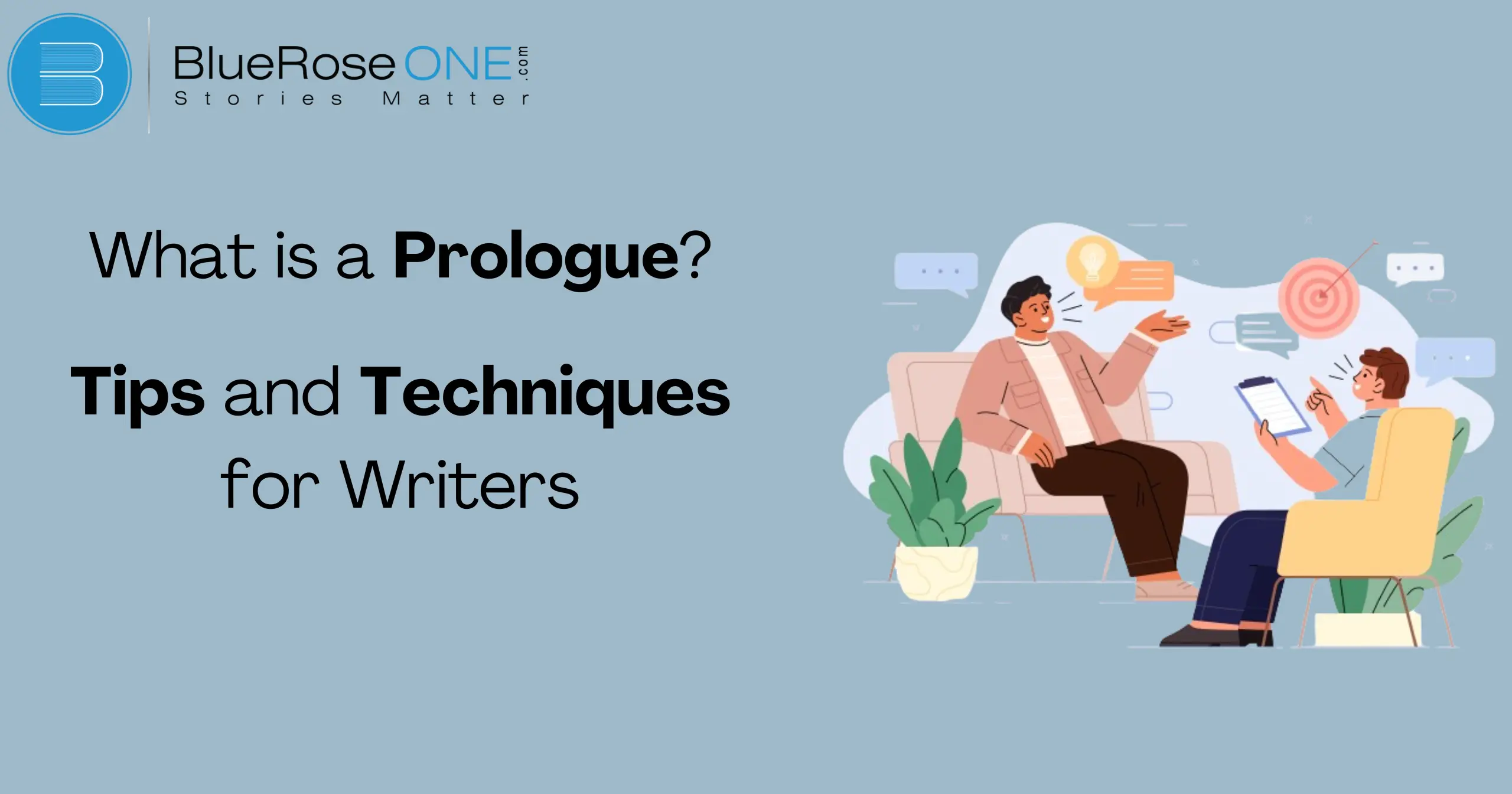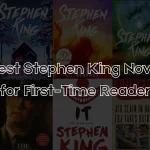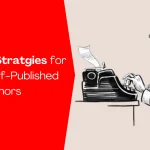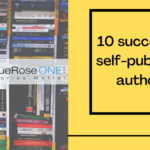When exploring the world of storytelling, you may have come across the term “prologue.” But what is a prologue, and why is it important in literature?
A prologue is essentially an introductory section that comes before the main narrative of a story. Its major function is to offer readers with necessary background information or to set the scene for the story that follows.
Understanding how to design an excellent prologue can be a game changer for writers who want to engage their audience from the beginning.
What is a Prologue in Literature?
A prologue is an introductory section at the beginning of a literary work, especially in novels, plays, or epic poetry. It provides background information, sets the tone, introduces key characters or events, or offers insight that enhances the reader’s understanding of the main story.
While not all stories include a prologue, when used effectively, it enriches the reading experience and prepares the audience for the main narrative.
Purpose of a Prologue
Setting the scence
A prologue is a crucial tool for setting the scene in a novel. Its primary goal is to provide background information or context to help readers grasp the main story.
A prologue allows writers to introduce crucial events or people that occur before the story’s main plot. This setup establishes a foundation, improving the reader’s experience and prepares them for the upcoming drama.
A well-written prologue can capture readers’ attention and increase their engagement with the story.
Introducing Key Elements
A prologue serves numerous important objectives in a story. It delivers vital background information, sets the stage for the main narrative, or gives a peek of what will happen later.
This allows readers to better comprehend the background and develops anticipation. For authors, writing a fascinating prologue is critical since it may captivate readers and set the tone for the rest of the novel.
Understanding these crucial characteristics will allow you to develop a prologue that effectively enriches your narrative.
Providing Background Information
A prologue aims to provide background information necessary for comprehending the main plot. A prologue helps readers understand the universe and characters by presenting important context, location, or historical elements before entering into the main narrative.
This foundation is particularly necessary for intricate plots or new places. Using a good prologue can make the rest of the story more interesting and coherent, providing readers with a clear frame of reference from the outset.
Dramatic Prologue
A prologue must build suspense in order to capture the reader’s interest right away. Important plot points are established in a prologue by providing cues or raising intriguing questions.
The prologue builds suspense and anticipation by presenting interesting scenarios or hinting at important developments. This technique makes the prologue a potent weapon for creating tension and drawing in readers from the beginning since it keeps them curious about how the mysteries will be solved throughout the narrative.
You may also read: Top 10 Ernest Hemingway Books Every Reader Should Explore
Types of Prologue
Expository Prologues
An expository prologue aids in improving the reader’s comprehension of the main narrative by giving pertinent background information or context.
An expository prologue concentrates on providing crucial information about the location, history, or events that influence the story, in contrast to narrative prologues, which frequently establish the plot or introduce characters.
This kind of prologue works particularly well in intricate stories when following the main plot requires a strong grasp of the universe or circumstance. By providing this background information up front, authors may make sure that readers are ready for what is about to happen.
Dramatic Prologue
A dramatic prologue sets the scene or introduces crucial background information for the main narrative. It frequently divulges important details that will affect the storyline, including historical occurrences of character motivations.
A prologue aids readers in understanding the story’s tone and stakes by setting the scene or hinting at important details. This strategy can draw readers in right away and strengthen their bond with the story as it develops. Thus, a well-written prologue establishes a solid framework for the book.
Character-Driven Prologue
Before the main plot starts, readers are introduced to the motivations and background of a prominent character through a character-driven prologue.
It establishes the psychological and emotional backdrop that will shape their behavior throughout the story. A prologue aids readers in comprehending the objectives and conflicts of a major character by emphasizing their past or significant events.
This strategy increases involvement and fosters a closer bond with the protagonist, which amplifies the impact and allure of the main narrative.
Event-Driven Prologue
A prologue must build suspense in order to capture the reader’s interest right away. Important plot points are established in a prologue by providing cues or raising intriguing questions.
The prologue builds suspense and anticipation by presenting interesting scenarios or hinting at important developments. This technique makes the prologue a potent weapon for creating tension and drawing in readers from the beginning since it keeps them curious about how the mysteries will be solved throughout the narrative.
You may also read: What is Book Index? Everything You Need to Know
How to Write an Effective Prologue
Start with a Hook
When writing a prologue, start with an attention-grabbing hook to draw the reader in. This might be a compelling scene, a thought-provoking query, or a dramatic development that alludes to the main plot.
A compelling hook captivates readers and piques their curiosity about the story or characters. You may create an emotional connection with your readers and set the tone for the rest of the story by beginning your prologue with a hook.
Establish Tone and Setting
Setting the tone and creating the atmosphere in a prologue are essential to engrossing readers in your tale. Establish the tone and ambiance of your story in the prologue to assist readers anticipate what to expect from the remainder of the book.
You may establish an emotional backdrop that complements the topics of your story by taking great care when choosing your terminology and descriptive elements.
In addition to keeping readers interested, this early setup lays the foundations for comprehension of the story as it develops. When done well, it elevates the prologue to a crucial position in your narrative.
Introduce Main Themes or Conflicts
It’s important to introduce the primary ideas or tensions early on in a prologue. This helps build anticipation by laying out what the reader can anticipate.
You can give readers an idea of the story’s emotional undertones and fundamental conflicts by implying them in the prologue. The prologue is an integral aspect of your story’s introduction since it not only draws readers in but also lays the groundwork for the rest of the story.
Introduce Main Themes or Conflicts
It is important to write a prologue as concisely as possible. Your prologue should introduce the reader to your story without giving too much away.
Strive for conciseness and clarity, emphasizing crucial components that establish the scene, set the mood, or provide crucial background knowledge.
Steer clear of long descriptions or extraneous information that could take attention away from the main plot. A succinct prologue effectively and swiftly captures readers’ attention, piquing their interest in the main narrative.
You can make sure that your prologue complements rather than overshadows your work by keeping it brief and to the point.
Ensure it Connects with the Main Story
It is important to make sure a prologue is connected to the main tale when composing it. A prologue should introduce the main themes and events of the story and set the scene for what comes next.
It should give background information or context that enhances the primary plot without taking center stage. You may make the transition between the prologue and the main narrative seamless and interesting by creating a connection between the prologue and the main story.
You may also like: A Complete History of the Man Booker Prize: Past Winners and Notable Books
Examples of Famous Prologues
Classical Literature
Classical literature often features memorable prologues. For example, Shakespeare’s “Romeo and Juliet” opens with a prologue delivered by the Chorus, setting the stage for the tragic love story.
Modern Literature
In modern literature, prologues are used creatively to enhance storytelling. For instance, J.K. Rowling’s “Harry Potter and the Philosopher’s Stone” begins with a prologue that hints at the magical world awaiting readers.
Tips for Crafting a Prologue
Understand Your Audience
Writing a prologue requires careful consideration of your audience. Your prologue sets the scene for your tale, so make sure it grabs the attention of your intended audience from the first.
Consider what makes people feel something, be it romance, drama, or suspense, and utilize that to inform your prologue. A well-written prologue should pique their curiosity and provide a tease about what’s to follow,
making them want to read on. You may make your prologue more interesting and pertinent by being aware of your audience’s preferences.
Draft and Revise
It is imperative to thoroughly develop and update a prologue. Begin by composing a preliminary draft of your prologue, emphasizing the essential components and establishing the overall mood of your narrative.
Spend some time editing your draft after you’ve finished it, tightening the structure and improving the wording. You can make sure the prologue effectively conveys important topics and grabs readers’ attention by revising it.
To write a prologue that draws readers in and establishes the scene for your story, follow these steps.
Seek Feedback
When drafting a prologue, it is critical to solicit comments from others. Share your prologue with other writers, beta readers, or writing clubs to get other viewpoints.
Feedback can highlight strengths and identify weaknesses you may have overlooked. It helps to ensure that your prologue effectively captures the reader’s attention and establishes the appropriate tone for your novel. By adding constructive feedback, you can improve your prologue’s engagement and effect.
Conclusion
To summarize, a prologue is an effective storytelling tool that provides crucial context, sets the stage, and engages readers from the outset.
Understanding the many forms of prologues and using good writing skills can help you write an engaging introduction that strengthens your narrative and attracts readers’ interest. Remember to keep it succinct, topical, and smoothly linked to the main story.
Frequently Asked Questions
A prologue’s main purpose is to provide background information, set the scene, or introduce key elements before the main narrative begins.
A prologue should be concise, typically ranging from a few paragraphs to a few pages, depending on the complexity of the information.
Yes, a prologue can be written in first person if it serves the narrative style and adds depth to the story.
No, a prologue is not always necessary. It depends on whether it adds value to the story and enhances the reader’s understanding.
A prologue introduces the story’s context or key elements, while a preface typically provides information about the author’s intentions or the book’s creation.















